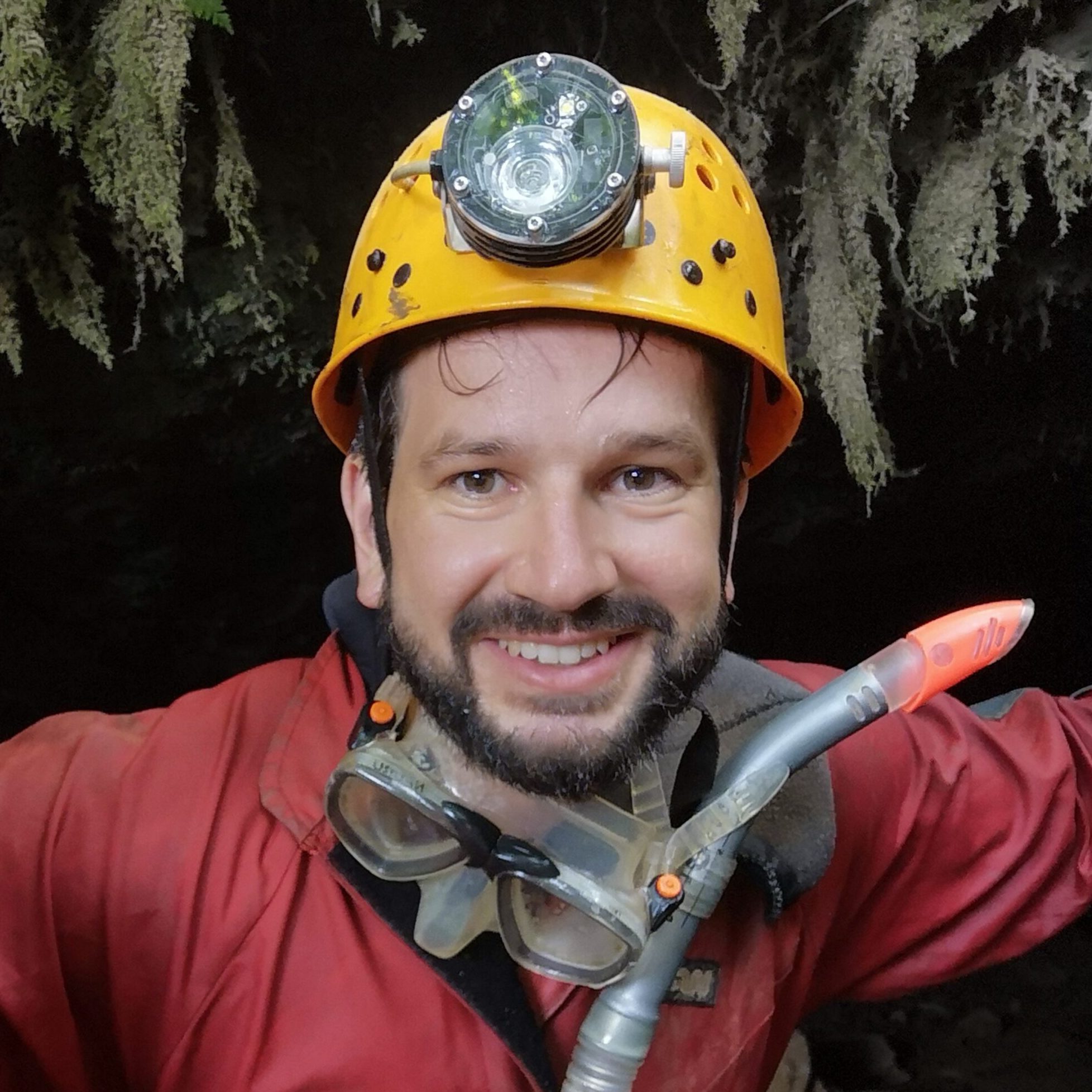Abstract:
Convergent evolution and genetic mechanisms of cave adaptation in the olm (Proteus anguinus)
Speaker: Hans Recknagel
Postdoctoral Researcher
Biotechnical Faculty, University of Ljubljana, Ljubljana, Slovenia

Convergent evolution, the independent evolution of analogous phenotypes under similar environmental conditions, is perhaps the most convincing and powerful process through which the effect of natural selection becomes evident. The outcome is highly predictable, leading to evolutionary independent and sometimes tens of millions of years divergent, yet phenotypically indistinguishable species.
Cave animals in general, including the olm (Proteus anguinus), are textbook examples showcasing convergent evolution. While the phenotypic consequences of convergent evolution are well-known, little is known on what happens on the level of the genome. Are the same mutations, genes, pathways and genomic regions involved each time and again, or are these completely different? In short, how many ways are there to build similar, but evolutionarily independent phenotypes?
Using genomic approaches, we first reconstructed the evolutionary history of olms. Several distinct olm lineages diverged from around 17 to 5 million years ago, and probably repeatedly colonized caves. Except for one of these lineages, they share a set of derived phenotypic traits typical for species living in caves, including the loss of eyes and pigmentation, and elongation of their appendages and the snout. With the help of the olm’s sequenced genome – one of the largest within tetrapods – and comparative genomics across subterranean and surface vertebrates, we investigated the genetic mechanisms by which their characteristic cave phenotype has evolved.
We show that subterranean vertebrates share a significant number of expanded and contracted gene families, and a significant number of shared genes under selection. Moreover, the rate of gene expansion and positive selection is larger than expected compared to surface species, suggesting that cave animals undergo major genomic changes when adapting to the subterranean realm. This challenges the view that animals which transitioned to the subterranean realm were primarily under the influence of neutral evolutionary processes, but rather undergo large changes in their gene use and function. Finally, we show that at least part of these genomic changes evolved independently in different cave-adapted species.